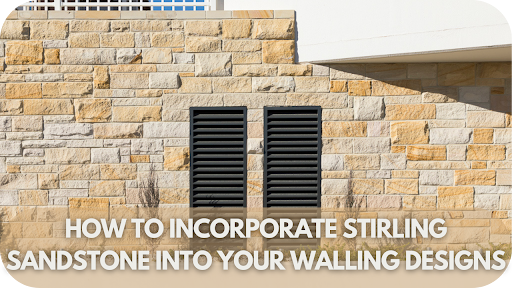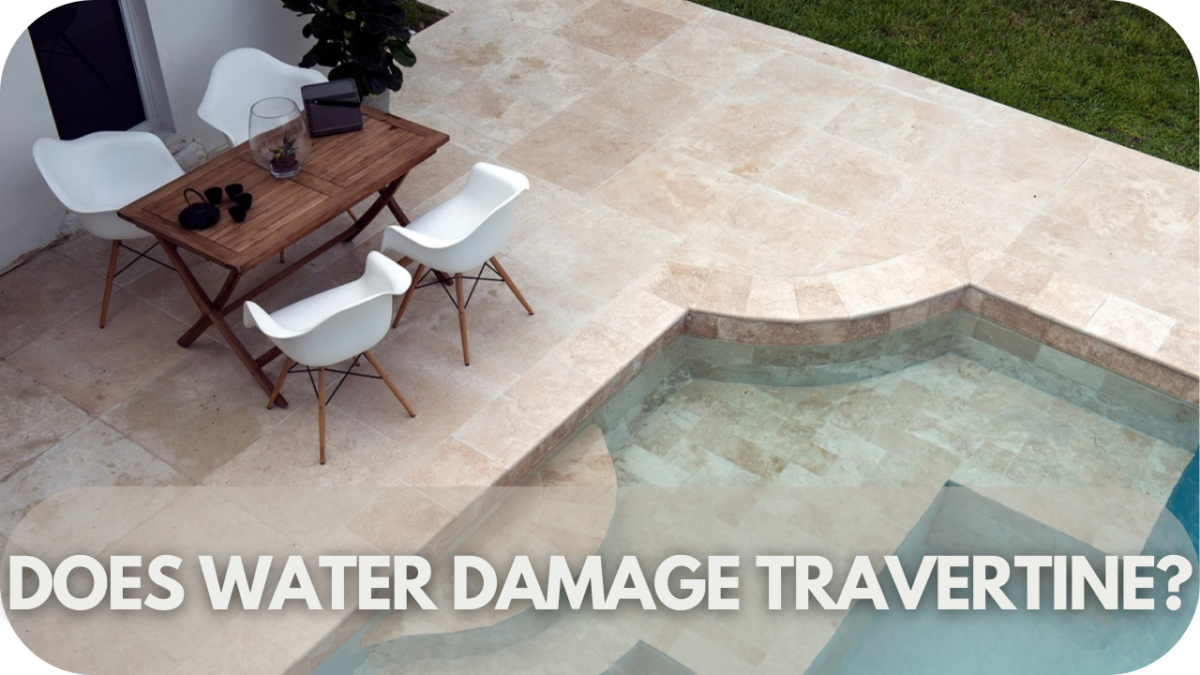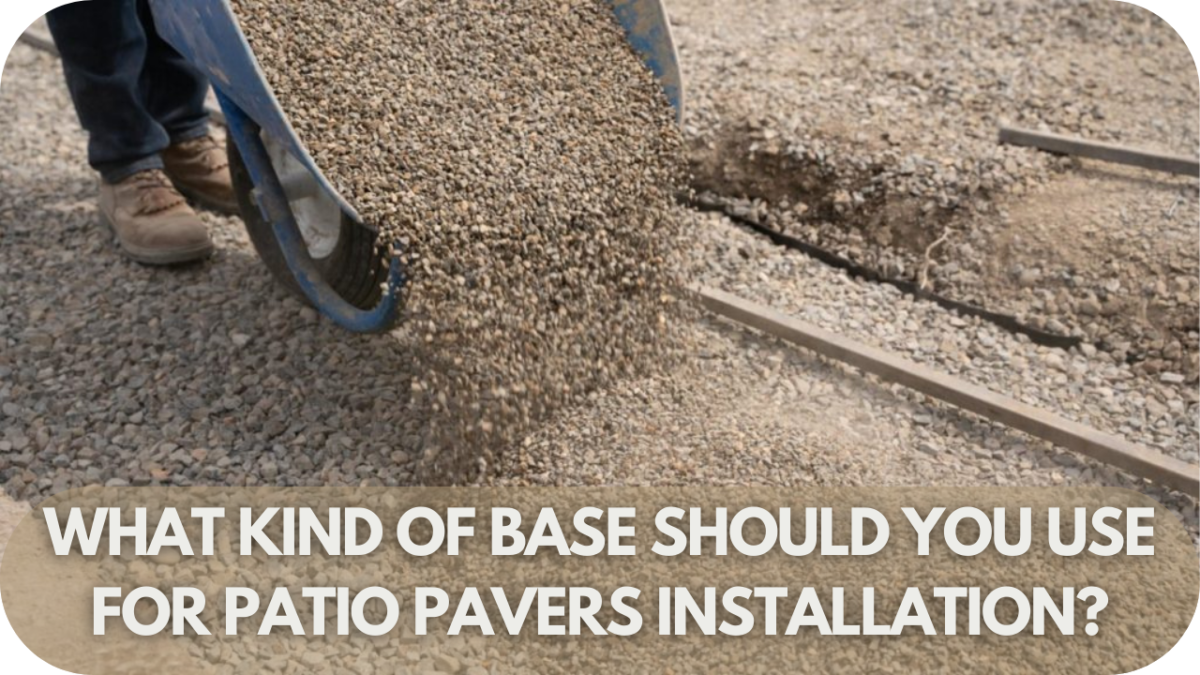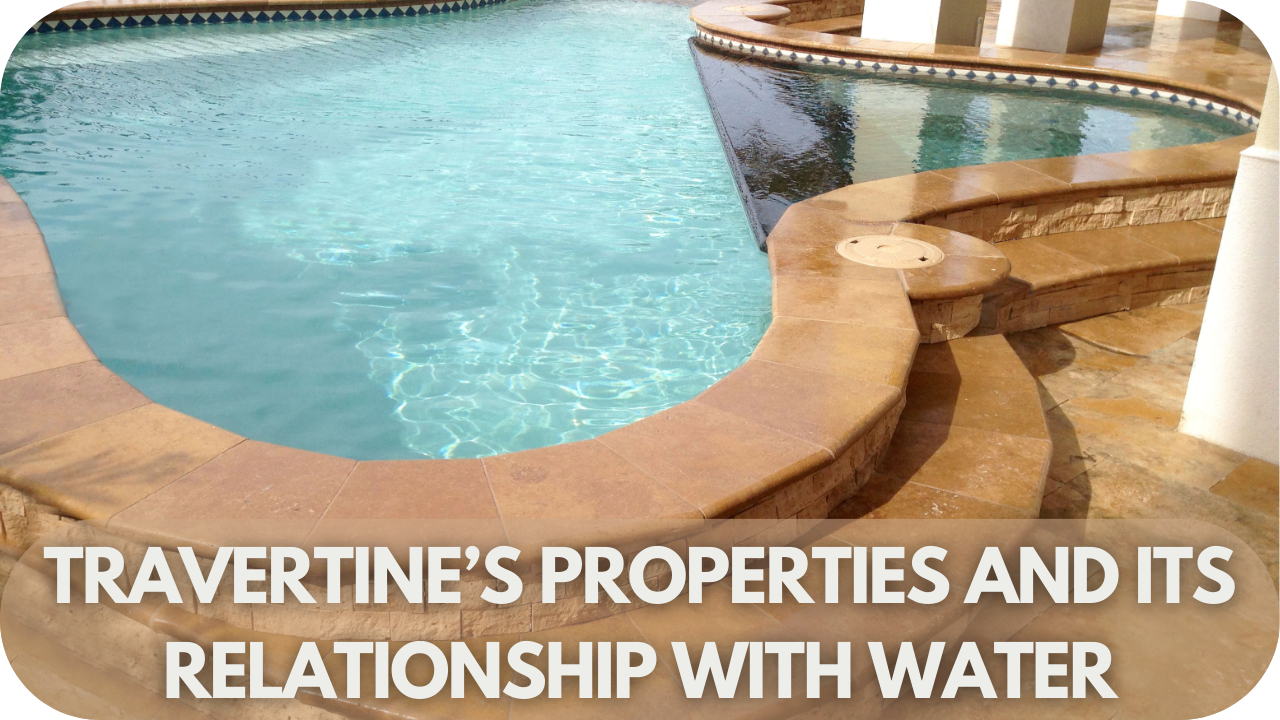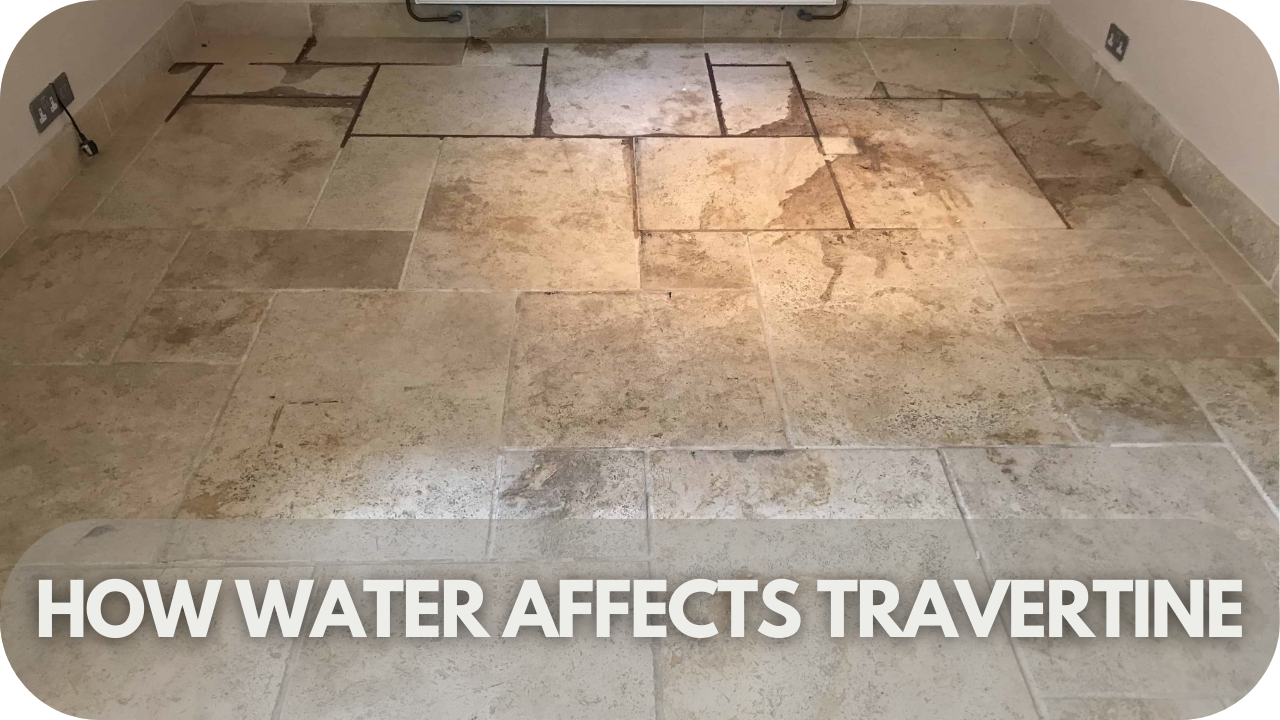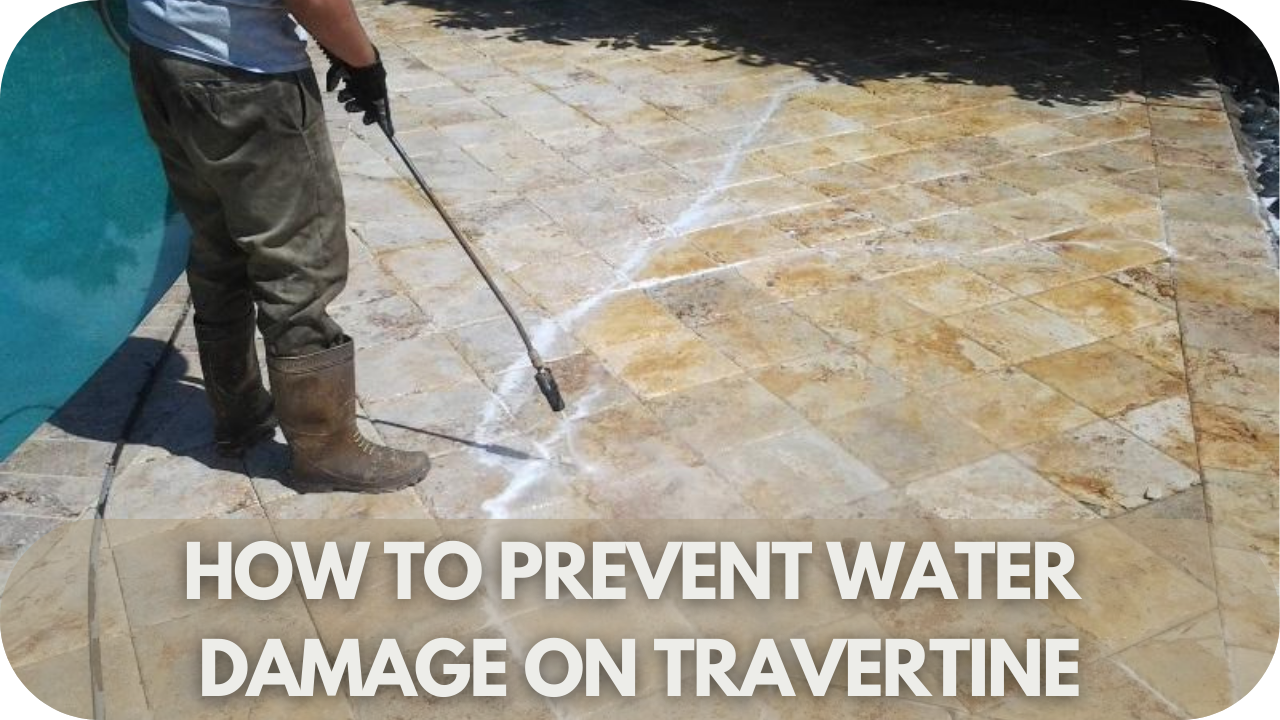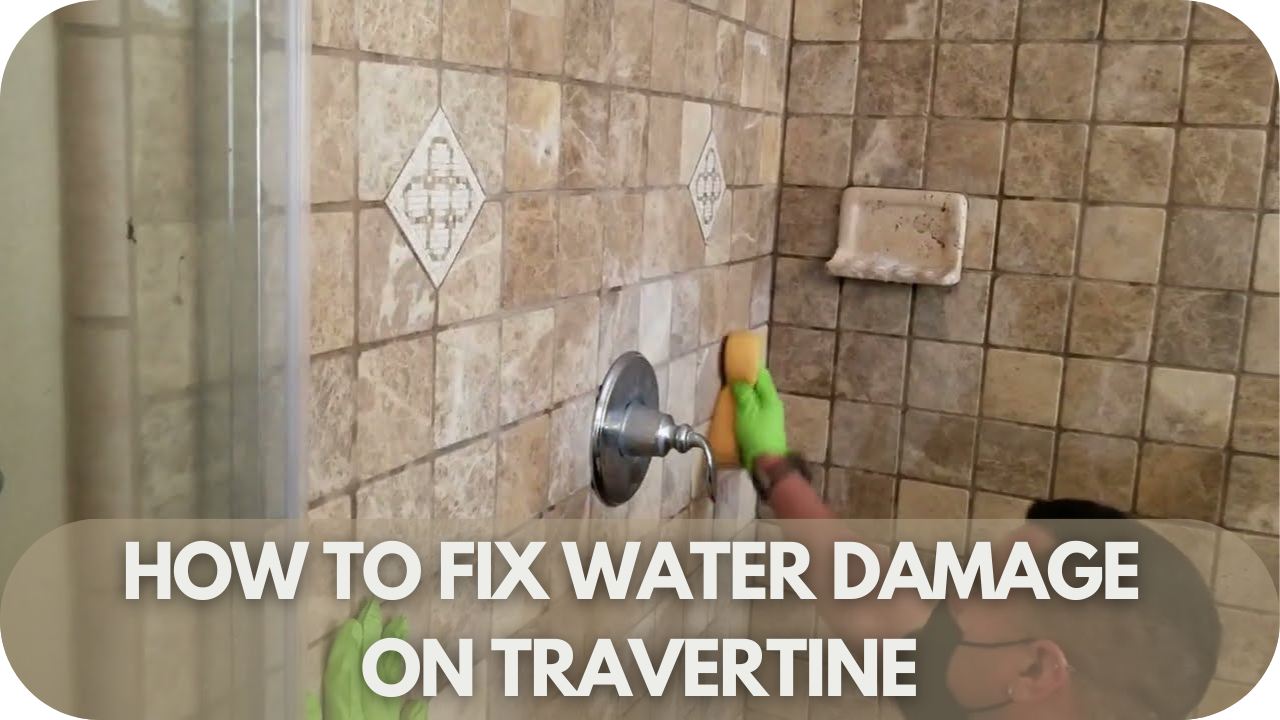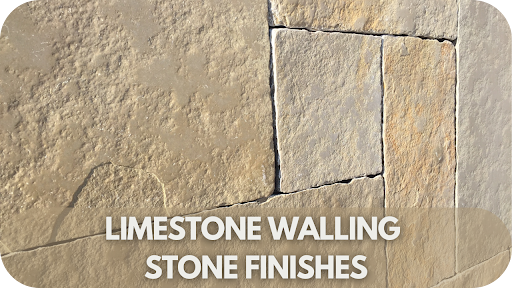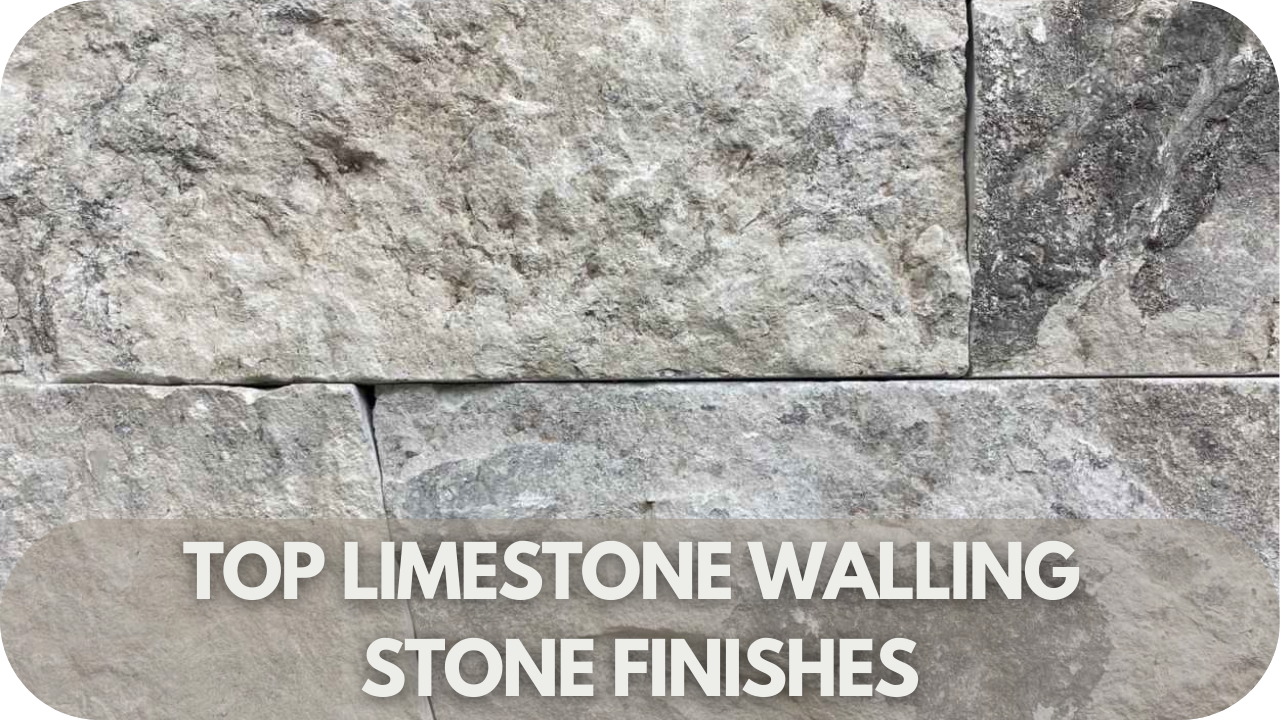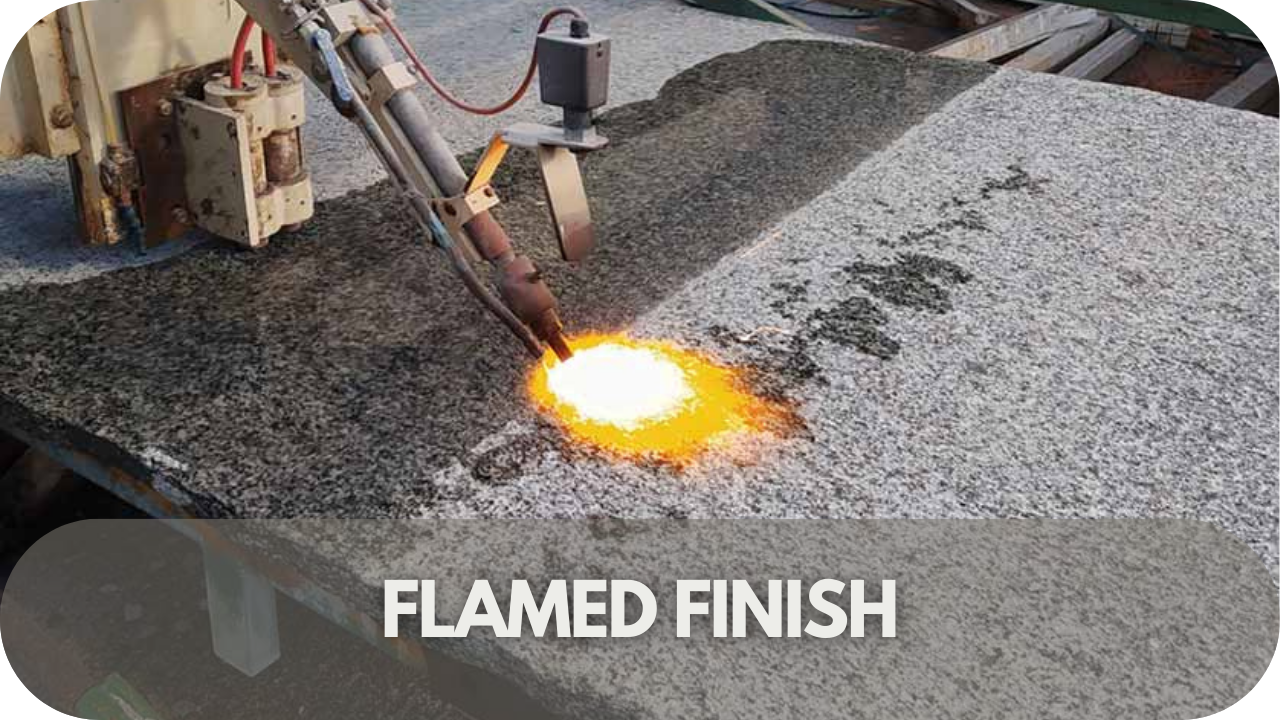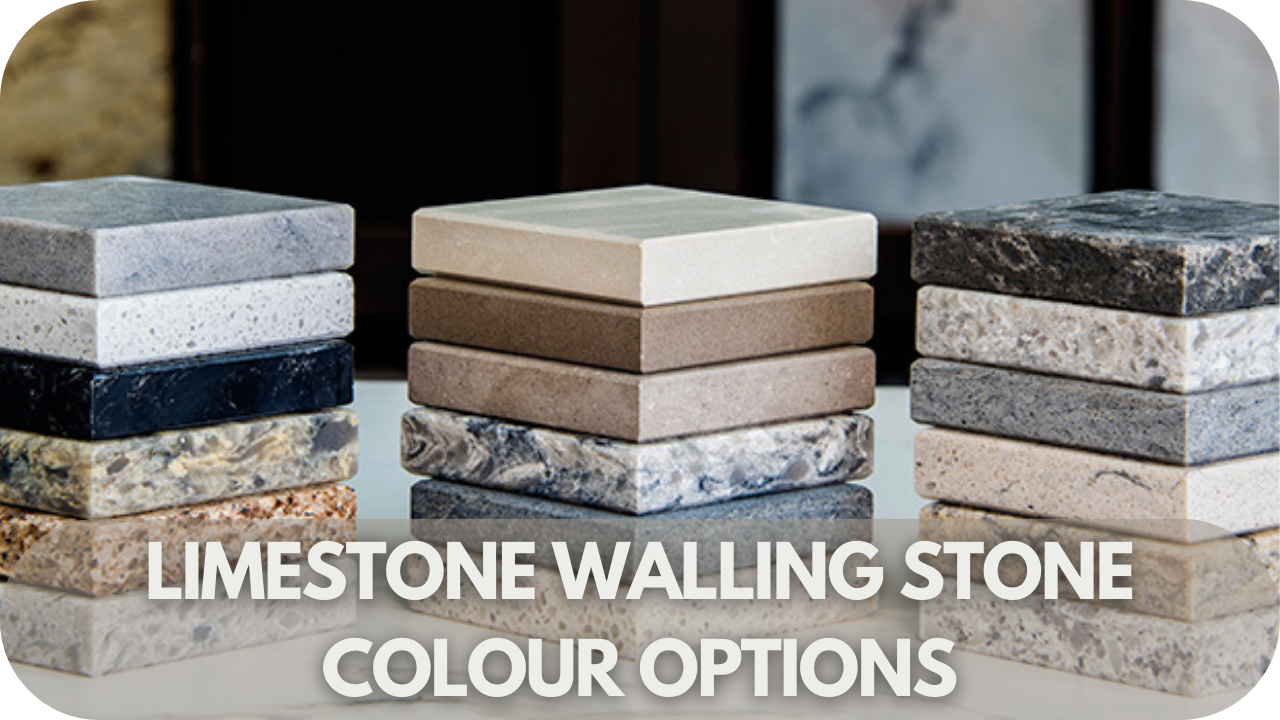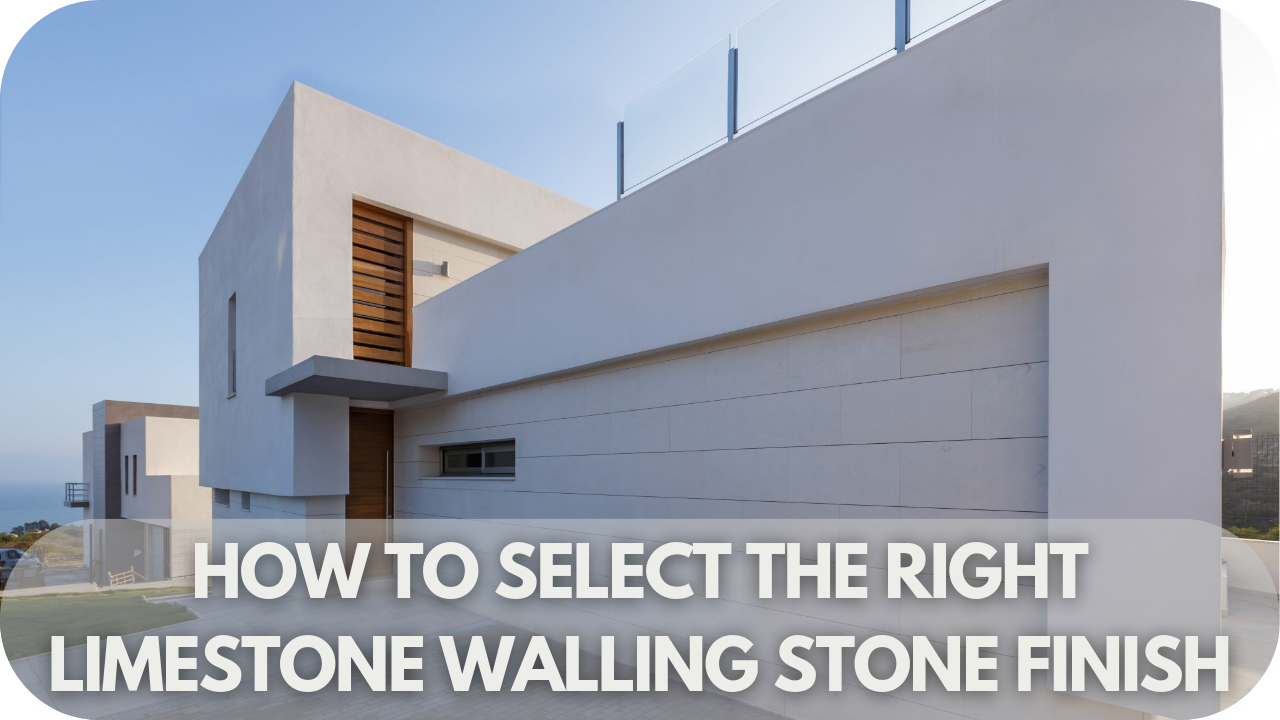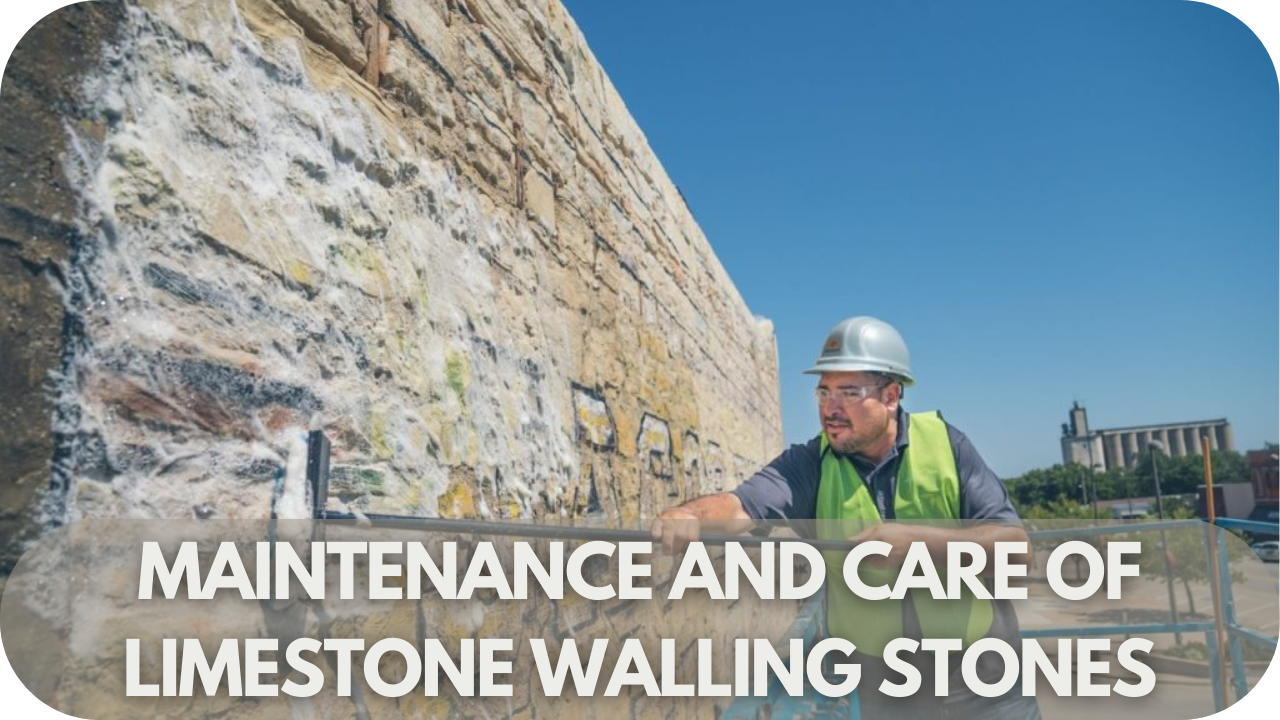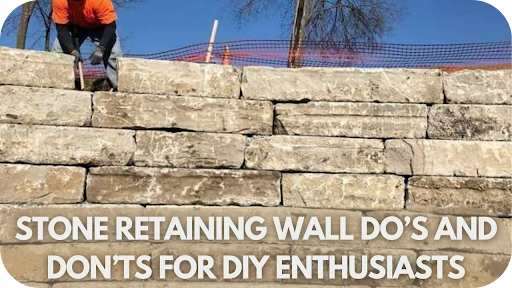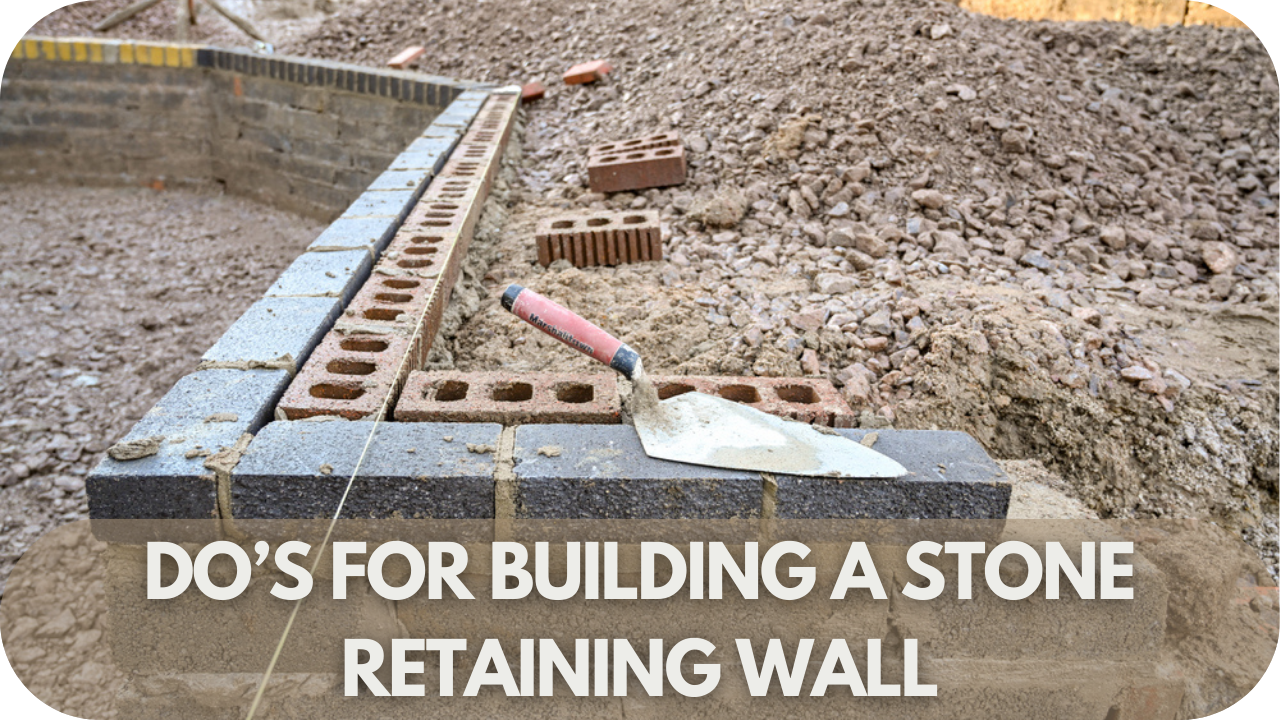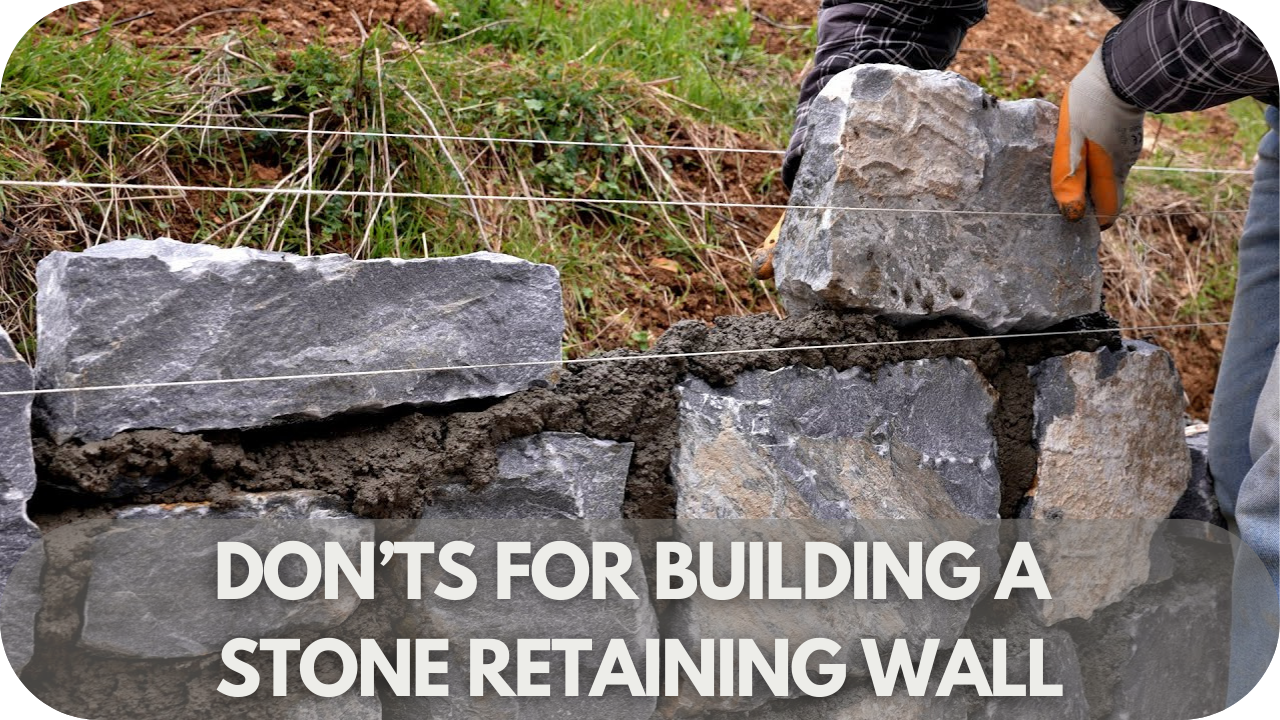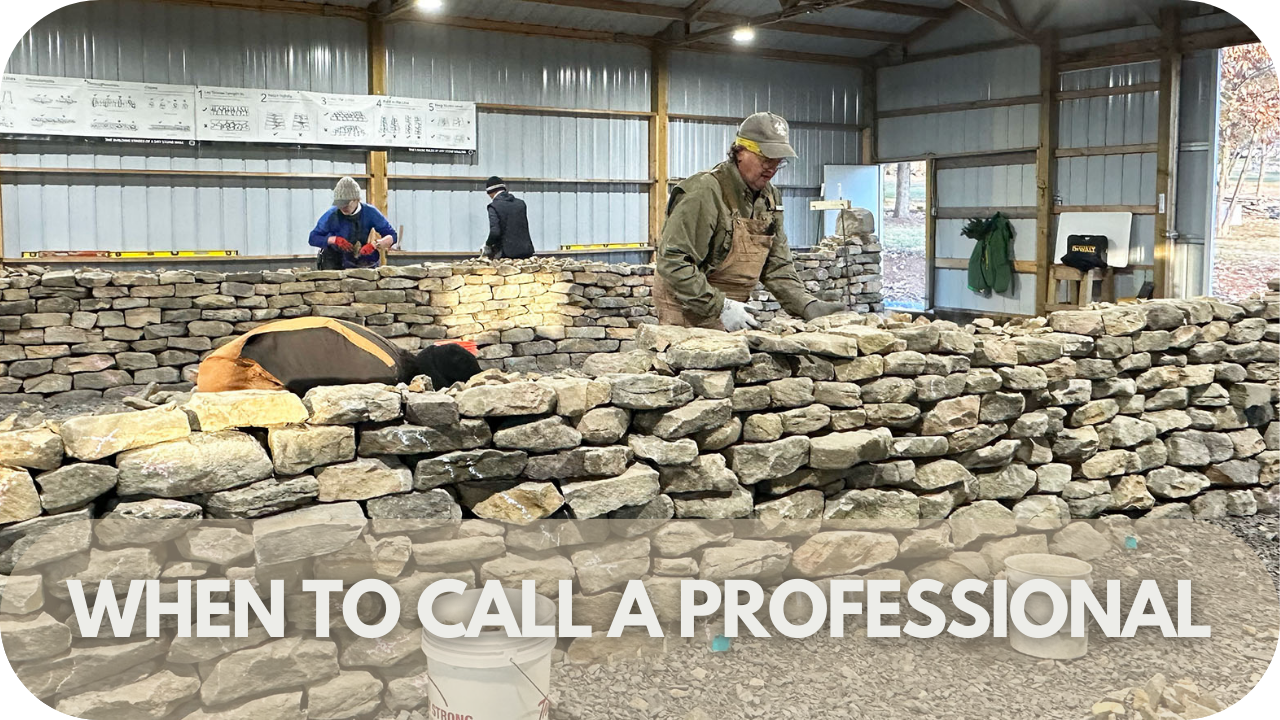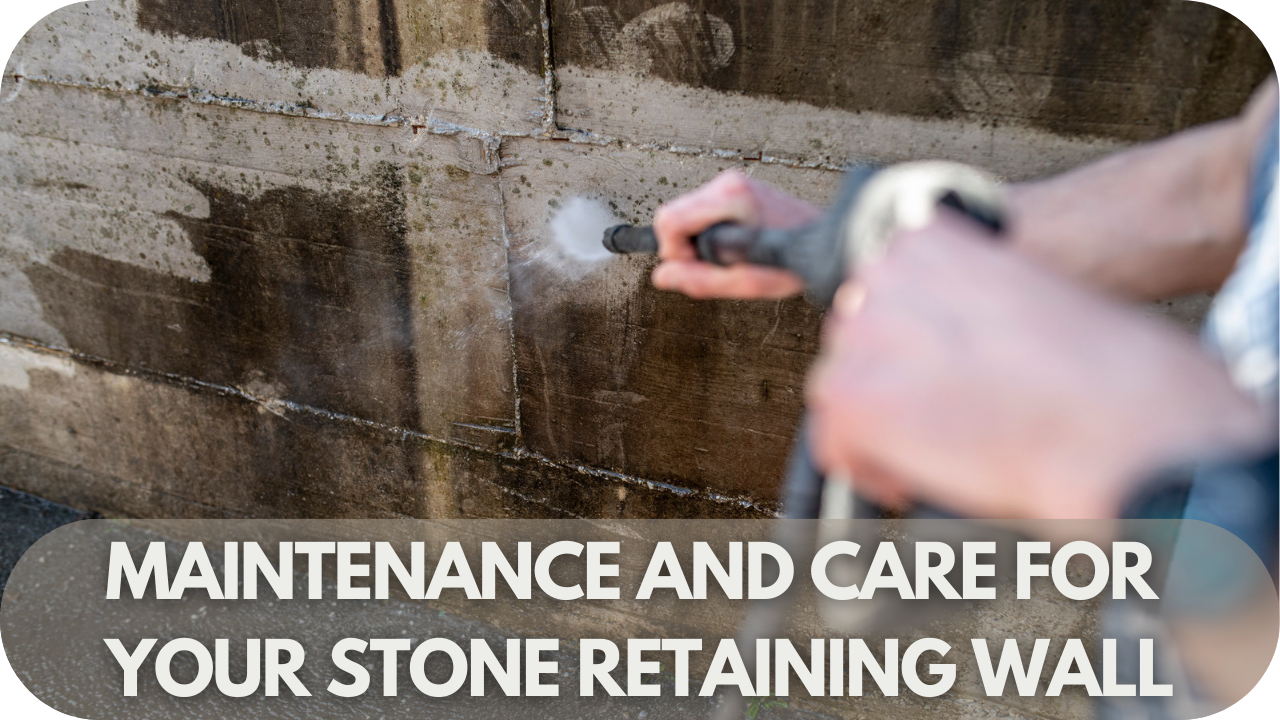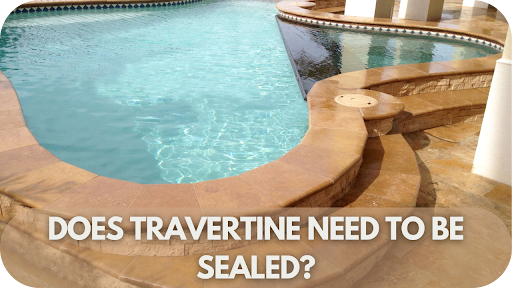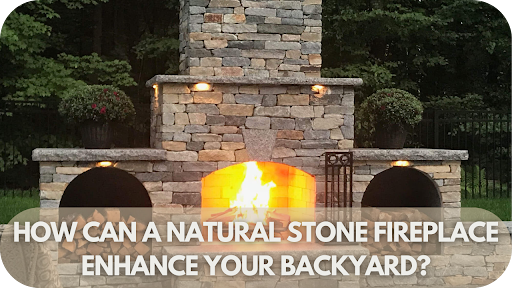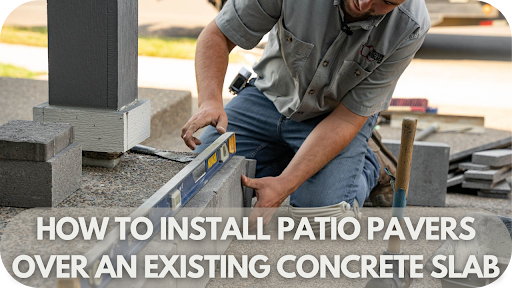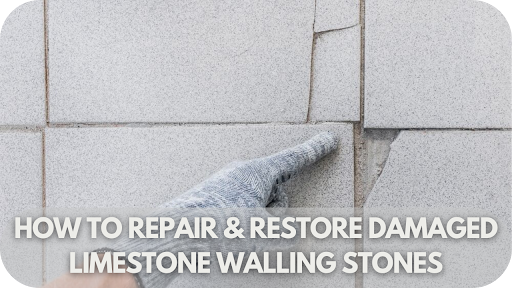How to Incorporate Stirling Sandstone into Your Walling Designs
Stirling Sandstone brings a unique blend of warmth, texture, and durability to any walling project. Its natural beauty has the power to transform both modern and traditional spaces into timeless masterpieces.
With rich tones and distinctive character, this versatile stone offers endless opportunities to elevate your designs. From bold feature walls to subtle accents, the possibilities are limitless.
Ready to uncover how Stirling Sandstone can enhance your next project? Let’s dive into creative ways to incorporate it into your walling designs.
What is Stirling Sandstone?
Stirling Sandstone is a durable and versatile natural stone known for its warm, earthy tones and unique textures.
Quarried primarily in regions rich in sedimentary rock formations, it offers exceptional strength and timeless appeal, making it ideal for walling projects. Its natural hues, ranging from soft beige to rich amber, complement both traditional and modern designs.
Stirling Sandstone is also highly weather-resistant, making it suitable for both indoor and outdoor applications. Its distinctive character and durability make it a popular choice for adding elegance, charm, and lasting value to architectural and landscaping projects.
Creative Ways to Use Stirling Sandstone in Walling Projects
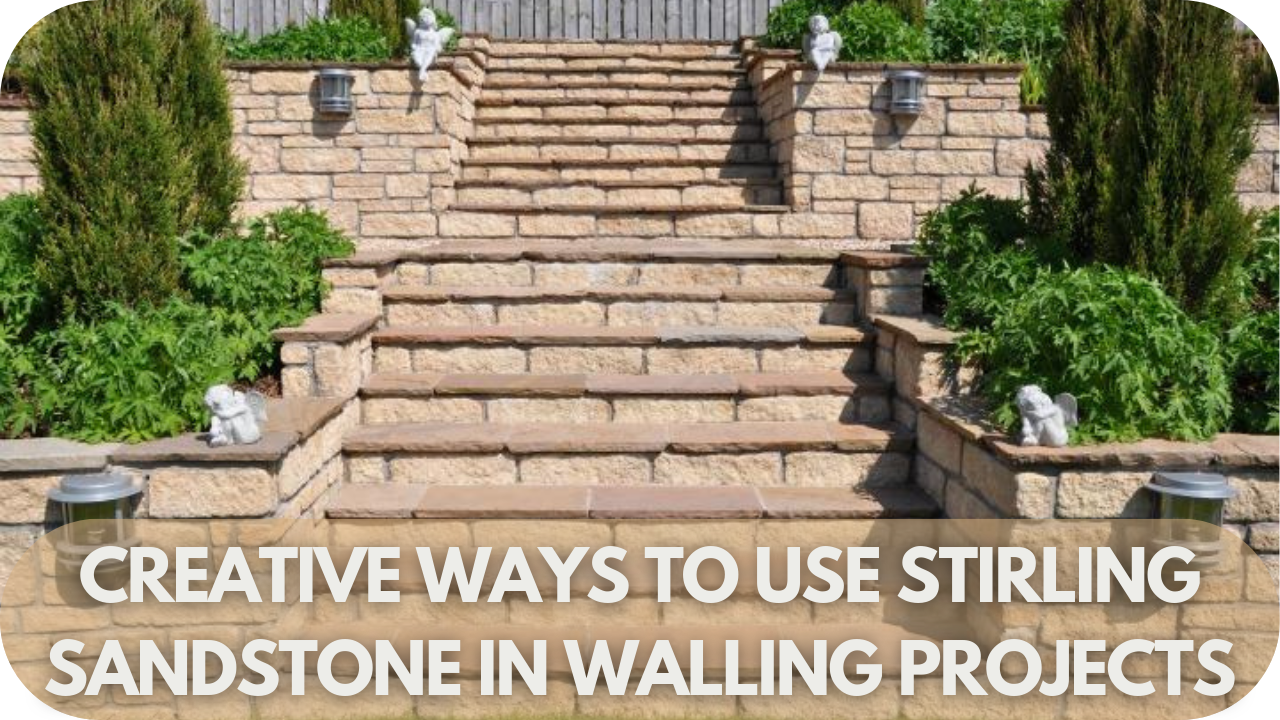
Stirling sandstone’s versatility and natural beauty make it the perfect material for elevating any space. From feature walls to garden designs, here are inspiring ways to incorporate this timeless stone into your projects.
1. Feature Walls That Steal the Show
A Stirling sandstone feature wall makes a bold statement indoors or outdoors. Its rich textures add warmth and character, beautifully paired with neutral furniture and soft lighting to highlight its natural variations without overwhelming the space.
2. Garden Retaining Walls with Rustic Charm
Stirling sandstone blends seamlessly into garden landscapes, making it perfect for retaining walls, terracing slopes, or raised beds. Use irregular blocks for rustic charm or cut stones for a modern touch. Add plants or flowers to soften the edges and enliven the space.
3. Interior Accent Walls for a Natural Look
Stirling sandstone accent walls add warmth and texture indoors, ideal behind fireplaces, in dining rooms, or entryways. Balance its earthy tones with lighter materials like timber or soft furnishings to maintain a cosy, inviting atmosphere without overpowering the room.
4. Stunning Exterior Facades
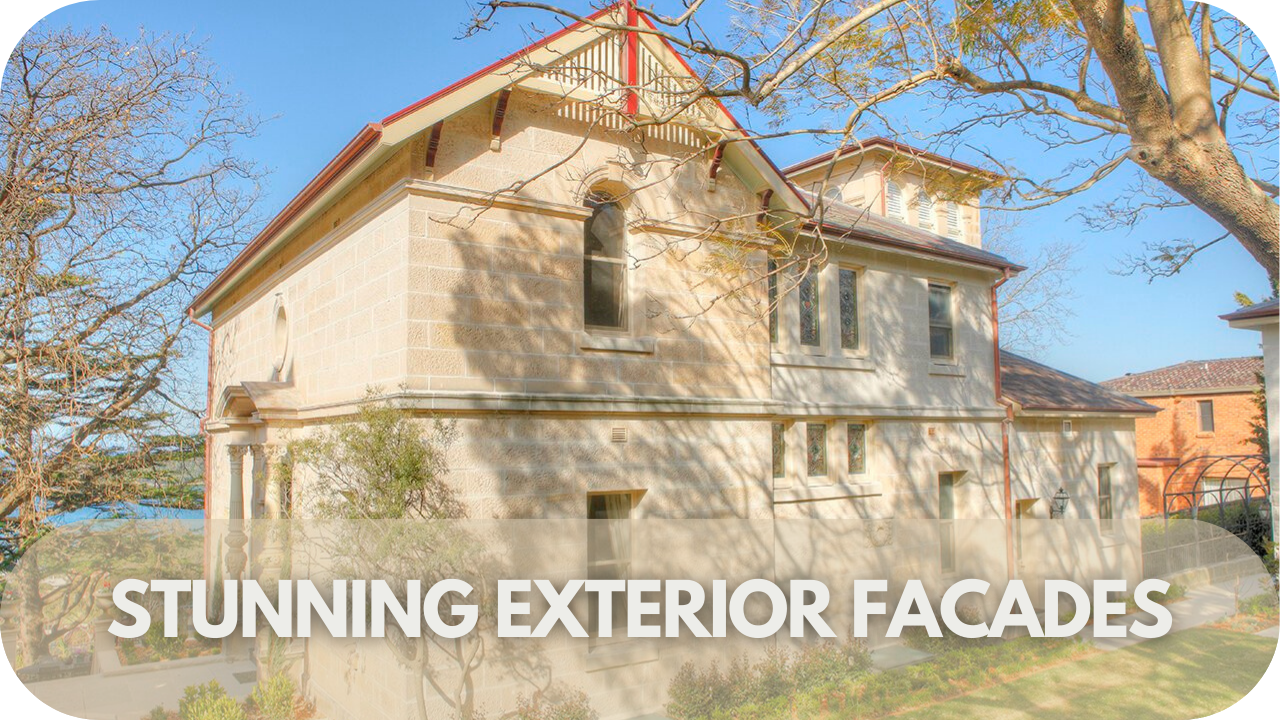
Clad exterior walls with Stirling sandstone for timeless curb appeal and weather resilience. Combine it with glass or steel for a sleek, modern look, or pair it with wood and slate for a sophisticated, heritage-inspired aesthetic.
5. Low Garden Walls for Defined Spaces
Stirling sandstone low walls are perfect for defining garden beds, pathways, or outdoor zones. Their warm tones and natural textures blend seamlessly into landscapes, adding structure and visual interest while maintaining a timeless, organic charm that enhances any outdoor walling project.
6. Create an Outdoor Entertaining Area
Enhance outdoor spaces with sandstone seating walls, firepit surrounds, or privacy walls. Pair with timber seating, soft cushions, and ambient lighting like string lights or lanterns for a warm, welcoming evening atmosphere.
7. Combine Sandstone with Other Materials
Pair Stirling sandstone with timber for rustic charm or smooth concrete for modern contrast. Indoors, combine it with glass or steel finishes to achieve a refined industrial look that balances rough textures with polished elements.
How to Plan Your Stirling Sandstone Walling Project
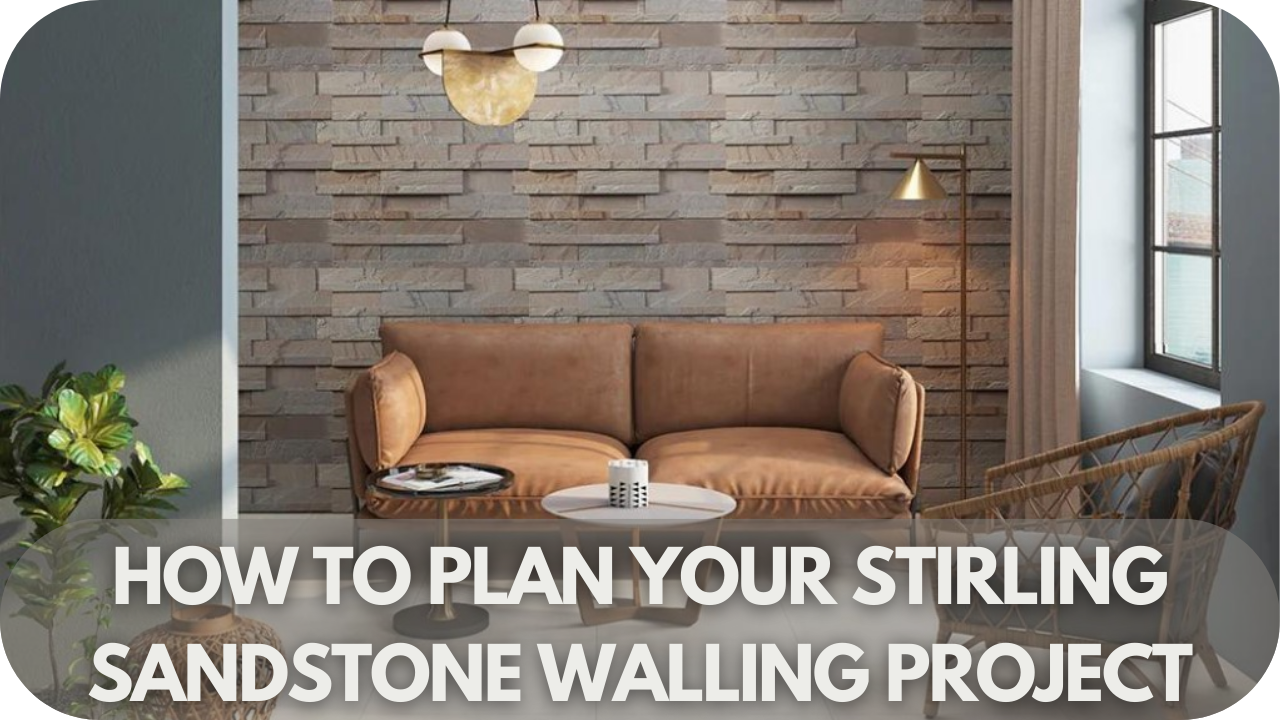
A stunning Stirling sandstone wall doesn’t happen by chance—it starts with careful planning and attention to detail. From choosing the right finish to ensuring lasting durability, here’s how to bring your vision to life.
1. Define the Purpose of the Wall
Start by identifying the wall’s function—whether it’s a feature wall, garden retaining wall, or exterior facade. Understanding its purpose helps determine the design, size, and materials required for the project.
2. Assess the Space and Surroundings
Measure the dimensions of the space carefully and consider existing elements, such as landscapes, architecture, or nearby structures. This ensures the sandstone wall integrates seamlessly while enhancing the area’s natural or built aesthetic.
3. Choose the Right Finish
Select a sandstone finish that matches your design goals. Rough-cut or irregular stones create a rustic, natural look, while smooth or sawn finishes provide a clean, modern appearance perfect for contemporary spaces.
4. Plan for Longevity
Using high-quality adhesives and incorporating proper drainage for outdoor walls will ensure your project lasts. Sealing the sandstone is essential to protect it from moisture, weathering, and stains and ensure its durability over time.
5. Consult Skilled Professionals
Engage experienced stonemasons to handle the installation. Their expertise ensures precision, stability, and visual appeal while saving you from costly errors or delays.
Benefits of Stirling Sandstone Walling
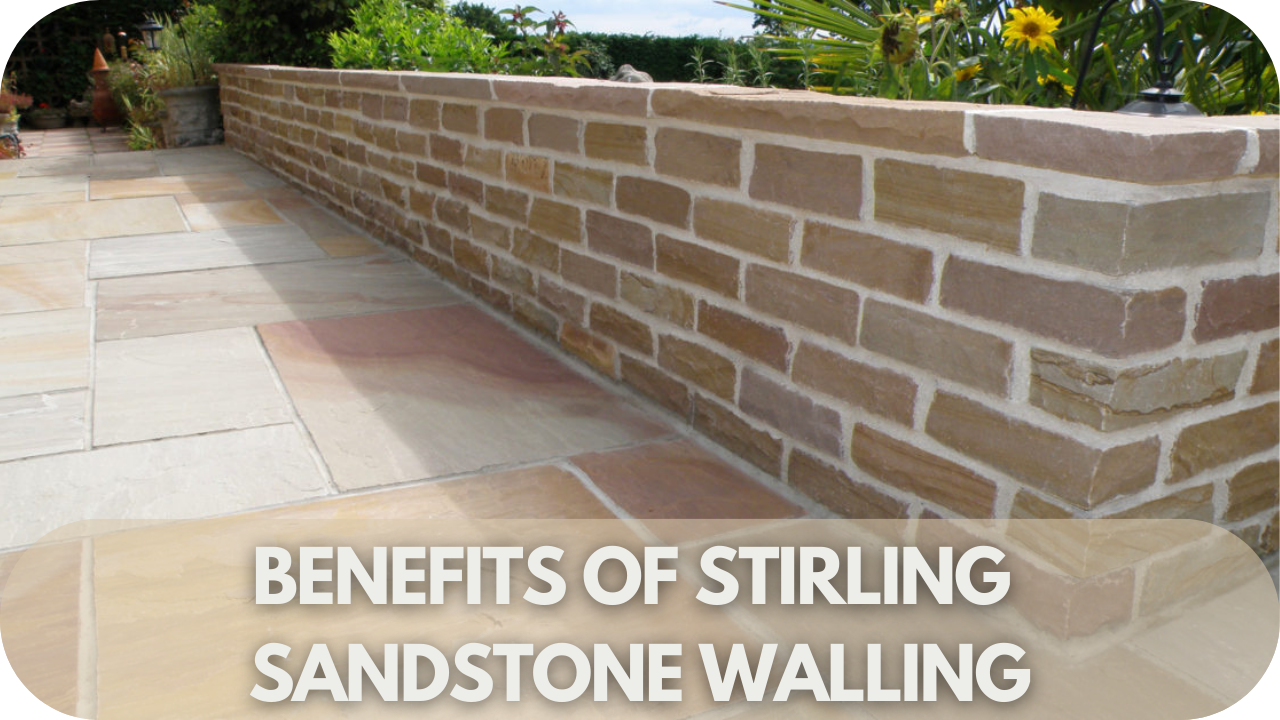
Stirling sandstone is more than just a beautiful material—it’s a smart investment that combines style, strength, and sustainability. Here’s why this versatile stone is the perfect choice for your walling projects.
1. Natural Beauty and Timeless Appeal
Stirling sandstone’s earthy tones, from soft beige to rich amber, bring warmth and sophistication to any design. Its natural patterns and textures ensure a one-of-a-kind finish, enhancing both modern and traditional spaces.
2. Exceptional Durability
This natural stone withstands harsh weather conditions, temperature fluctuations, and moisture. Its resilience makes it ideal for indoor and outdoor applications, ensuring long-lasting performance without compromising style.
3. Versatile Design Applications
Stirling sandstone blends seamlessly into various architectural styles. Whether for rustic garden walls, sleek interior features, or contemporary facades, its adaptability allows it to enhance any project effortlessly.
4. Low Maintenance Requirements
With proper sealing and occasional cleaning, Stirling sandstone retains its beauty for years. Its hard-wearing nature makes it a cost-effective, practical choice for residential and commercial spaces alike.
5. Unique and Individual Aesthetic
Every piece of Stirling sandstone features distinct textures and natural variations. This uniqueness guarantees your walling project will stand out, offering an exclusive finish that adds character and depth.
6. Adds Long-Term Value
Stirling sandstone enhances visual appeal and increases property value. Its durability and timeless charm ensure your investment pays off aesthetically and financially for years to come.
Maintenance Tips for Stirling Sandstone Walls
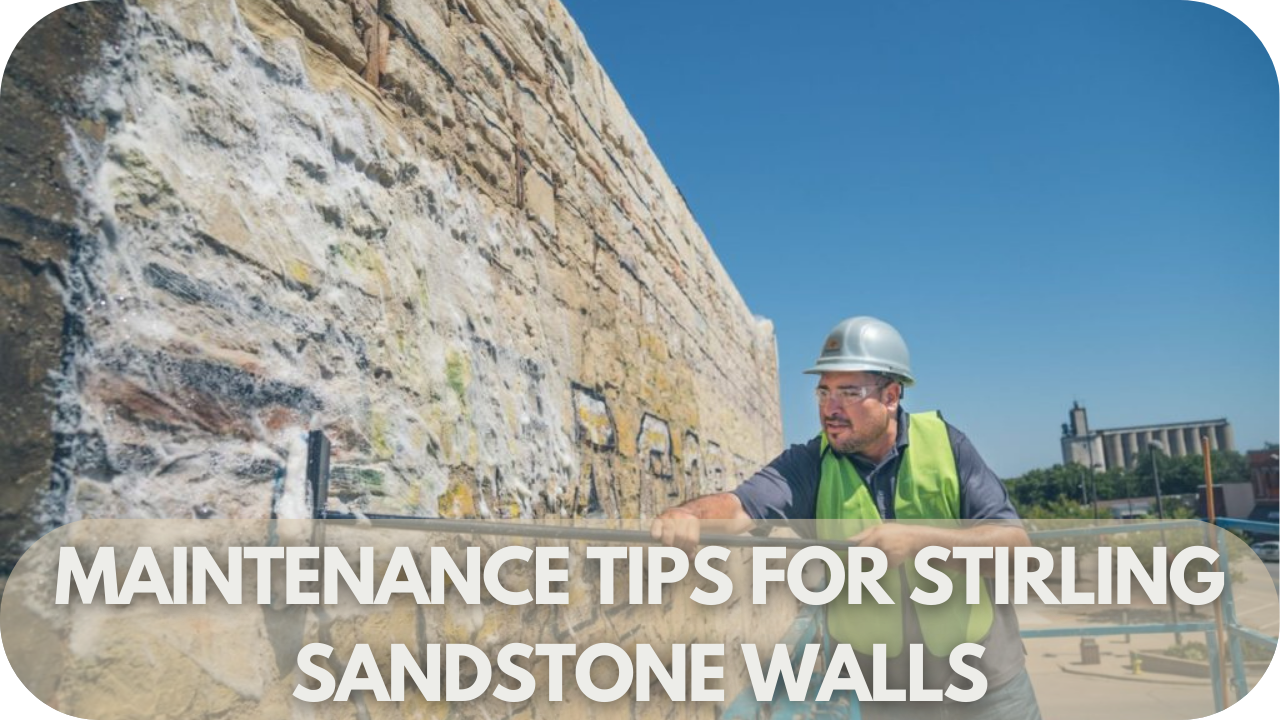
Stirling sandstone walls are a timeless investment, but keeping them in pristine condition requires a little care. Follow these simple maintenance tips to preserve Stirling sandstone’s natural beauty and lasting strength.
- Seal the Stone After Installation: Apply a high-quality, breathable sealer to protect against moisture, stains, and weathering, particularly for outdoor sandstone walls exposed to the elements.
- Clean Regularly with Care: Use a soft brush or cloth with warm water and a pH-neutral cleaner to remove dust and debris. Avoid acidic solutions like vinegar, which can damage the stone’s surface.
- Use Gentle Cleaning Tools: Avoid abrasive tools like wire brushes or scouring pads. Stick to soft-bristle brushes, cloths, or low-pressure water for safe and effective cleaning.
- Inspect for Wear or Erosion: Periodically check for cracks, chips, or signs of erosion, especially on outdoor walls. Address minor issues quickly to prevent further damage.
- Avoid Heavy Pressure: Refrain from placing heavy objects or applying unnecessary pressure on sandstone walls, as this can cause chipping or structural stress over time.
- Protect Against Moss and Algae: Regularly clean damp or shaded areas to remove moss and algae. Use gentle anti-algae treatments that won’t harm the stone’s surface.
Conclusion
Incorporating Stirling sandstone into your walling designs adds timeless beauty, durability, and natural charm to any space.
Whether for interiors, gardens, or facades, its versatility and elegance make it a standout choice for transforming your project. With the right planning and care, Stirling sandstone will stand the test of time, delivering both style and value.
Ready to bring your vision to life? Contact Splendour in Stone today to explore our premium Stirling sandstone solutions and expert guidance!

